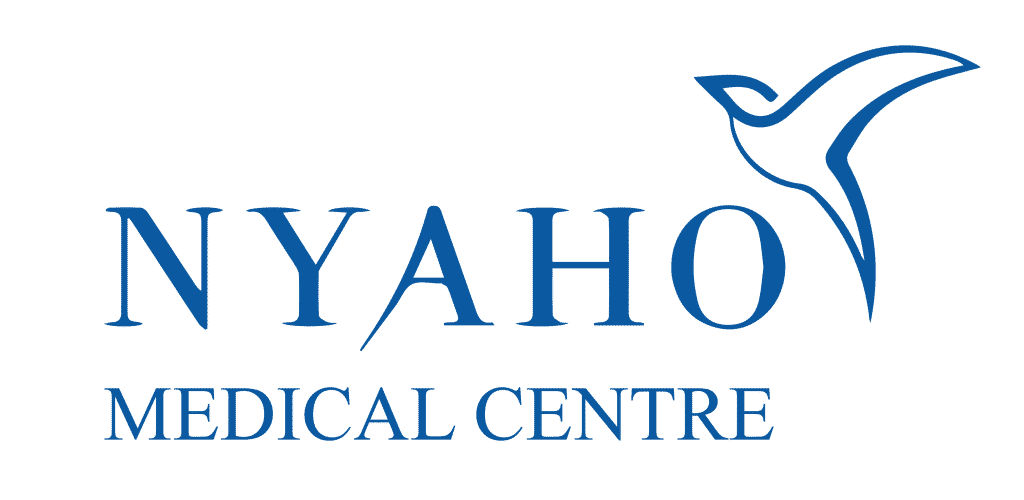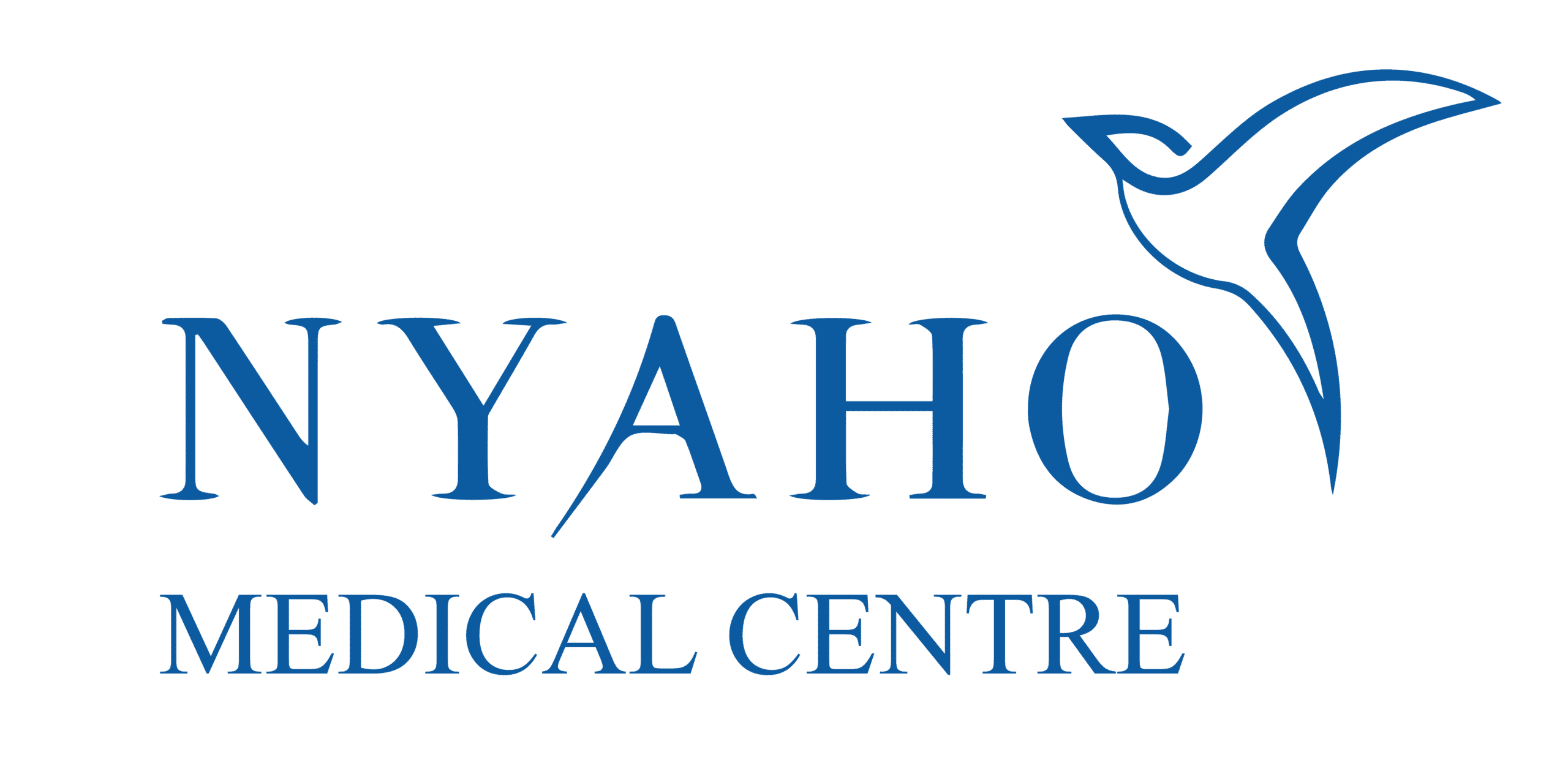
Quality has always been important to me; in fact, quality of care was critical in saving my niece’s life. When my sister had a baby via cesarean section, she, unfortunately, developed some infections that affected her new child. There was no pediatrician available, so I asked her to travel to the hospital where I work, knowing the quality of care was critical for my niece’s survival. The team provided excellent care and thankfully, after about a week, the baby recovered, and they returned home safely.
My formal QI journey began in 2015 when I was appointed to the newly established Patient Safety (PS) committee in Nyaho Medical Centre (NMC) in Accra, Ghana – where my niece was treated as a newborn – as the pharmacy representative when NMC began a journey towards Joint Commission International accreditation. This required all policies and procedures to meet the standards. The PS committee was tasked with studying human factors to gain a better understanding of the culture of safety, the significance of incident reporting, and more.
The members of the PS committee had to train staff in our respective departments in human factors with the objective of encouraging an open, just, and proactive reporting culture in at NMC. In the pharmacy department, training focused on safety in the medication management process, which includes documentation of medication errors and pharmaceutical care issues from inpatient and outpatient prescriptions. The reviews created awareness of the required changes and gave departments the opportunity to evaluate routine activities and align them with quality and safety standards. The staff gradually embraced the changes, though they needed ongoing training to move away from old practices.
We saw further improvements when the hospital started a full-time ward pharmacist in 2016 to provide inpatients care and counseling as well as to support clinical team members. This allowed for daily review of the inpatient record, on-time medication reconciliation with appropriate records, real-time corrections of detected errors, and proper monitoring of patients’ medication records. Pharmaceutical care issues were regularly discussed with clinical team members as part of the effort to provide quality individualized care. I was tasked with being the ward pharmacist until August 2017, and this allowed me to practice all I had learned about quality care. For example, we introduced the SBAR method to our teams to streamline communication within the clinical area.
In 2018, when I assumed the role of the pharmacy manager, I enrolled in the Institute for Health Improvement (IHI) Open School Basic Certificate in Quality and Safety courses. They were comprehensive and exposed me to how hospital systems, as well as human factors, could lead to errors that might harm patients. From the program, I learned about:
- Using Plan-Do-Study-Act (PDSA) cycles to test small changes.
- Displaying the data we collect with run charts to consistently observe and analyze patterns.
- Encouraging the reporting of incidents and near misses. The safety culture in an organization determines how freely the workers report errors or mistakes.
I was also introduced to the Africa Hospital Patient Safety Initiative (AHPSI), a great learning experience that has changed my focus from documenting errors to detecting and preventing harm. NMC was chosen to represent the Ghanaian private health sector in AHPSI. This was a great privilege and a wonderful experience to share best practices on medication management and patient safety from NMC. The AHPSI project team was made up of members from hospitals in Ghana, South Africa, and Ethiopia.
For me, the highlight of the AHPSI design meeting was the input from the World Health Organization as well as IHI in support of the Ministry of Health of Ghana for this initiative. Throughout my QI and safety journey, quality and patient safety had been seen as different entities. The activities from the AHPSI training further crystalized the connection between quality and safety for the patient, who was the primary focus.
Initially, the thought that medication errors could lead to significant patient harm was a theoretical one that occasionally found credence in a few publicized events. The number of recorded errors that led to harm was not large enough to make this theoretical idea a practical issue that warranted any drastic change. This perception shifted as I progressed through this journey and created a sense of urgency when we trained in the deployment of the Global Trigger Tool. This tool provides an avenue to quickly identify clues that indicate a patient may have been harmed.

After the design meeting, each hospital was tasked with forming teams to collect data and help run the projects. NMC formed teams for each subject area: care transitions, polypharmacy, and high-alert medications. Each team was made up of members in different clinical areas of the hospital who have subsequently been trained on the use of the Global Trigger Tool in anticipation of collecting data for this project.
My journey has been enlightening and reinforces that delivering the highest quality of care, which remains our hallmark at NMC, simply means our priority is first to do no harm to guarantee our patients’ safety and satisfaction.
Amanda Aryee is the pharmacy manager at Nyaho Medical Centre (NMC) in Accra, Ghana


